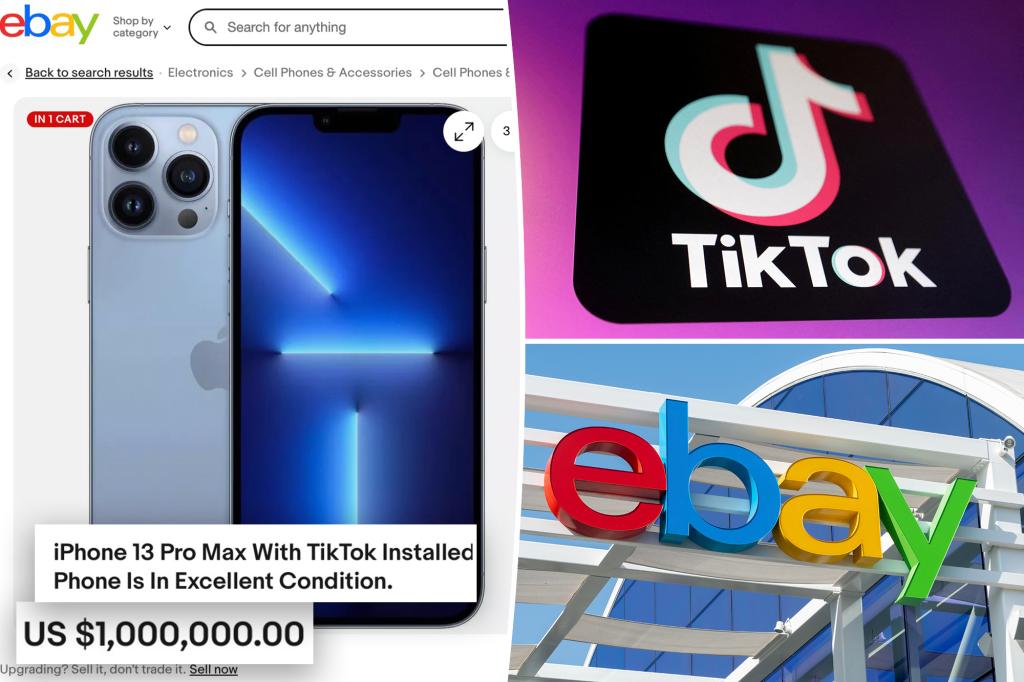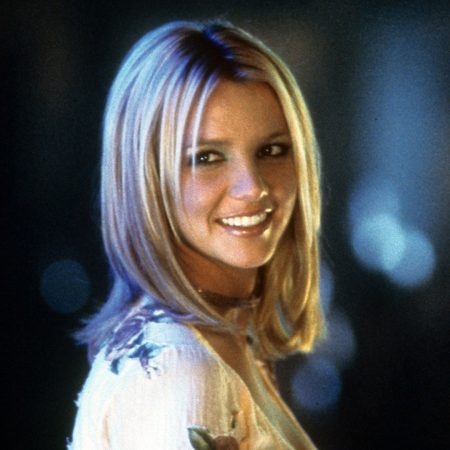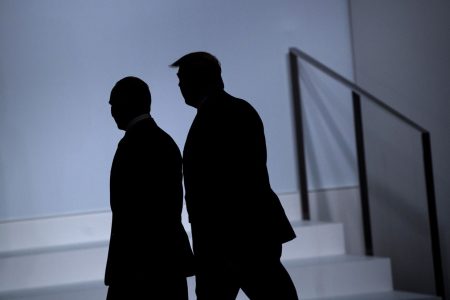The TikTok Crisis: Desperation, Dollars, and the Digital Divide
In an unprecedented turn of events, TikTok, the globally beloved social media app, has found itself at the center of a tech storm. A nationwide ban has left millions of users in a frenzy, scrambling to regain access to the platform after it mysteriously vanished from the Apple App Store and Google Play. For those who deleted the app in haste, the harsh reality is setting in: they can’t simply redownload it. This has led to a bizarre and desperate market, where smartphones with TikTok still installed are being sold for astronomical sums. iPhones with the app are fetching thousands of dollars, with one iPhone 16 Pro Max even listed at $5,000. The situation has revealed just how deeply embedded TikTok has become in modern culture—and how willing people are to go to great lengths to hold onto it.
The Rise of a Black Market for TikTok
The desperation of TikTok users has given rise to a thriving black market for devices with the app still installed. On platforms like eBay and social media forums, smartphones with TikTok are being sold for staggering amounts. In Raleigh, North Carolina, one iPhone is listed for over $1 million, with the seller proudly noting that the phone is in perfect condition and still has TikTok. Similarly, a user on Threads offered an iPhone 16 for $5,000, stating, “If you deleted TikTok, I’m selling one of my iPhones 16 WITH TIKTOK INSTALLED.” These listings highlight the absurdity of the situation, where a simple app has become a luxury item.
For many who deleted TikTok after the ban was announced on January 19, the decision now seems reckless. When the app went dark on Sunday, users assumed it would be unavailable for the foreseeable future. But when access was restored just hours later, those who had deleted it were left in a panic. They quickly realized that without the app store listing, they had no way to get it back. This has led to a wave of pleas for help on online forums, with users offering thousands of dollars to anyone willing to part with a device that still has TikTok installed. As one frustrated user wrote on X, “I deleted TikTok and now I can’t get it back! I will pay someone $5,000 for an iPhone 16 Pro Max with TikTok still installed. DM me.”
The Legal Landscape: Why TikTok Remains in Limbo
The chaos surrounding TikTok’s availability stems from a complex legal battle. The ban, which was upheld by the Supreme Court, prohibits the distribution, maintenance, or hosting of apps controlled by foreign adversaries. TikTok, owned by ByteDance Ltd., a Chinese company, falls squarely under this definition. As a result, Apple and Google have been forced to remove the app from their stores, along with other ByteDance-owned apps like CapCut and Lemon8. While the app is still functional for users who never deleted it, it can no longer receive updates or be redownloaded once removed.
The situation has left users in a precarious position. Apple has made it clear that while existing installations of the app will remain on devices, they cannot be restored if deleted or transferred to a new device. In a statement, the company said, “If you already have these apps installed on your device, they will remain on your device. But they can’t be redownloaded if deleted or restored if you move to a new device. In-app purchases and new subscriptions are no longer possible.” This has left many users feeling stranded, with no clear timeline for when TikTok might return to app stores.
A Glimmer of Hope: TikTok’s Uncertain Future
Despite the current chaos, there is a sliver of hope for TikTok’s 170 million American users. The app remains usable for those who still have it installed, and its developers continue to explore ways to comply with U.S. regulations. However, the path forward is far from clear. In a recent executive order, TikTok was given 75 days to find a U.S.-based buyer, a move that could potentially restore its availability in app stores.
But time is of the essence. Without updates, the app may eventually become incompatible with newer operating systems, rendering it obsolete. This has left many users urging the company to find a solution quickly. As one Apple user wrote on a discussion board, “If TikTok is useable and unbanned for users who haven’t deleted it or on devices that still have it, I think it should be put up back in app stores.” For now, though, the app’s fate remains uncertain, leaving millions of users in limbo.
The Bigger Picture: What the TikTok Ban Reveals About Digital Ownership
The TikTok ban has sparked a broader conversation about digital ownership and the power of tech giants. While users may feel a sense of loss and frustration, the situation highlights the fragility of our digital lives. Apps, which are often integral to our daily routines, can be taken away in an instant due to forces beyond our control. This has left many questioning the nature of ownership in the digital age.
For now, the desperate measures of TikTok users serve as a reminder of how deeply intertwined our lives are with these platforms. Whether TikTok ultimately finds a way back to app stores remains to be seen, but one thing is clear: the digital world is more unpredictable than ever. As users wait with bated breath, one thing is certain—this is a crisis that will have far-reaching implications for the future of tech and social media.












